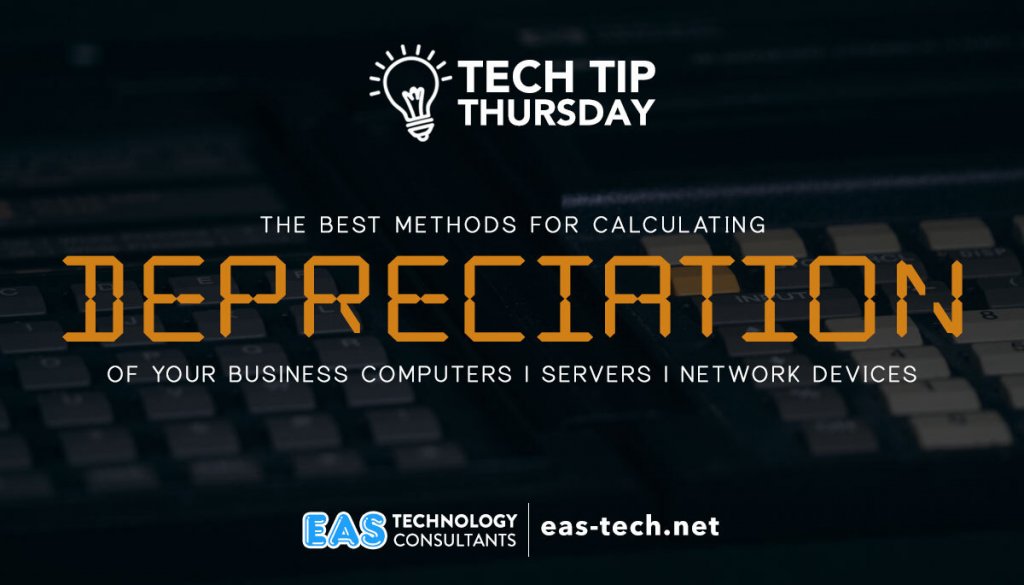
When you are making a big purchase for your business, it is important to understand all of the implications of that purchase. One thing that is often overlooked is how the item will depreciate over time. This article will explain the best method for calculating depreciation as well as give a valuation estimate at the end of the product’s lifecycle. By understanding these things, you can make a more informed decision about whether or not a particular purchase is right for your business.
First off, what is depreciation? Depreciation is the decrease in the value of an asset over time. This is due to a variety of factors, such as wear and tear, obsolescence, or changes in market conditions. When you are accounting for depreciation, you are essentially spreading out the cost of the asset over its useful life. This helps to better reflect the actual value of the asset on your books.
How is depreciation calculated?
Most organizations accept the Generally Accepted Accounting Principles (GAAP) framework. By accepting GAAP, you are agreeing to use specific methods for calculating depreciation. Under GAAP, the straight-line depreciation method is the most common. This means that you divide the cost of the asset by its estimated useful life. So, if you purchase a computer for your business that costs $2000 and has an estimated useful life of five years, your annual depreciation expense would be $400 ($2000/five years).
You can also use the declining balance depreciation method, which is a bit more complex. Under this method, you calculate the depreciation expense for each year by multiplying the current book value of the asset by a fraction. The numerator of the fraction is the estimated useful life of the asset and the denominator is the original cost of the asset. So, continuing with the previous example, if the computer’s current book value was $1000, your depreciation expense for that year would be $200 ($1000*0.20).
There’s also the sum-product depreciation method which uses a combination of the straight-line and declining balance methods. This can be helpful for assets that don’t have a uniform depreciation rate.
What about intangible assets?
Intangible assets, such as trademarks or copyrights, don’t usually have a physical form and thus don’t typically undergo depreciation.
We should also consider MACRS, as this method is codified in the US Tax Code and is mandatory for federal tax returns. MACRS allows for faster depreciation in the early years of an asset’s life, which can be helpful for certain types of assets.
With all that being said, one thing is clear: calculating depreciation is complicated! We’d certainly recommend employing depreciation software that can help you with the process. We also highly recommend consulting a tax professional.
Do you need help finding depreciation software that fits your organization’s needs? Maybe you already have software but need help getting it set up. Either way, we can help. Simply send us a note via our contact form and we’ll be in touch to help you get things straightened out!
